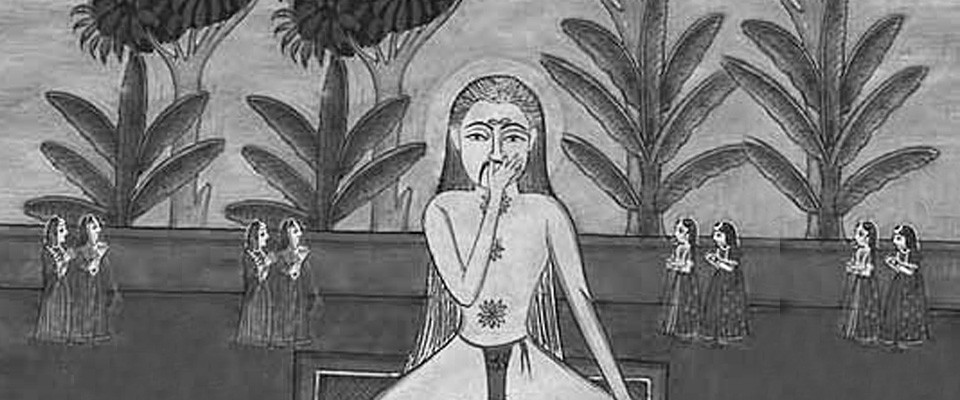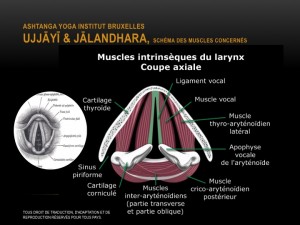Warning: Undefined array key "juiz_sps_order" in /home/ashtangarc/www/wp-content/plugins/juiz-social-post-sharer/inc/front/buttons.php on line 302
Warning: Undefined array key 1 in /home/ashtangarc/www/wp-content/plugins/juiz-social-post-sharer/inc/utilities.php on line 179
Warning: Undefined array key 1 in /home/ashtangarc/www/wp-content/plugins/juiz-social-post-sharer/inc/utilities.php on line 179
Warning: Undefined array key 1 in /home/ashtangarc/www/wp-content/plugins/juiz-social-post-sharer/inc/utilities.php on line 179
Warning: Undefined array key 1 in /home/ashtangarc/www/wp-content/plugins/juiz-social-post-sharer/inc/utilities.php on line 179
Warning: Undefined array key 1 in /home/ashtangarc/www/wp-content/plugins/juiz-social-post-sharer/inc/utilities.php on line 179
Warning: Undefined array key 1 in /home/ashtangarc/www/wp-content/plugins/juiz-social-post-sharer/inc/utilities.php on line 179
Warning: Undefined array key 1 in /home/ashtangarc/www/wp-content/plugins/juiz-social-post-sharer/inc/utilities.php on line 179
Warning: Undefined array key 1 in /home/ashtangarc/www/wp-content/plugins/juiz-social-post-sharer/inc/utilities.php on line 179
Warning: Undefined array key 1 in /home/ashtangarc/www/wp-content/plugins/juiz-social-post-sharer/inc/utilities.php on line 179
During the entire practice of the postural « sādhanā » in Ashtanga Yoga, we use a type of breathing called « Ujjãyi prãnãyãma », « the breath of the ocean ». There are many variations of the Ujjãyi.
The breathing (prãnãyãma) is always synchronised to the movements.
For a beginner, the inhalation and exhalation must have the same duration.
For an advanced yogi, the inhalation is a little longer.
The breathing methodology in Ashtanga Yoga :
- A continuous and uninterrupted flow
- Always breathing through the nose
- Opening gently the larynx region (Jālandhara)
- It should produce a soft sound (Ujjãyi)
Thereby the breathing sound (Ujjãyi) is obtained via the positioning of the throat (Jālandhara)
Jālandhara is the glottis control in the ujjāyī type of breathing; it is the positioning of two muscles of the thyroarytenoid laterals, which provokes the characteristic sound of the ujjāyī.
The specificity of the Ujjāyī lies in « control » partial opening of the glottis, in order to control/stop both the air coming in and their going out.
Nota :
It should not be confused with the uninterrupted breathing (Jālandhara bandha).

